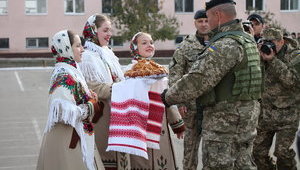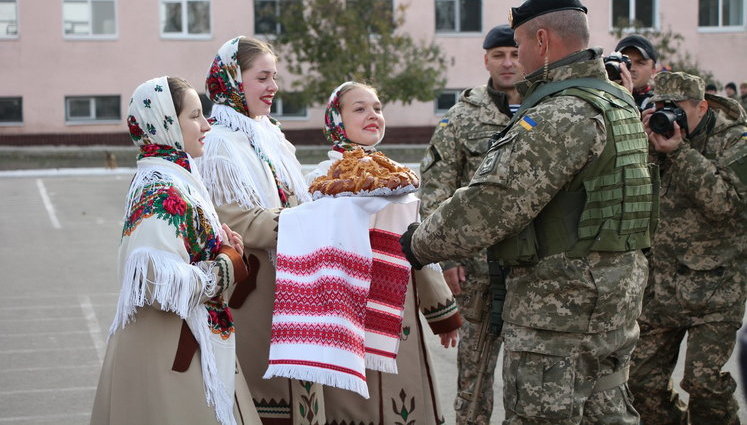The rotation of troops is a critical aspect of military strategy, directly impacting soldier welfare and operational effectiveness. In Ukraine, President Zelenskyy is asked to address the prolonged deployment of the 60th Separate Mechanized Brigade, who have been stationed for over six months without relief. This emphasizes the ongoing challenge of sustaining troop morale and readiness. Meanwhile, Russian forces are reported to rotate and prepare reserves, highlighting the intense military activity in regions like Vovchansk and Dvorichna. Ukraine's Ministry of Defense has developed a new rotation strategy, allowing soldiers rest after 90 days of front-line service, reflecting a commitment to mitigating fatigue among its forces. These efforts are complemented by volunteer contract fighters, aged 18 to 24, supporting rotation needs at front lines. Understanding these complex layers of military rotations offers insight into Ukraine's broader defense posture and its adaptive strategies in response to ongoing threats.
Why is the rotation of troops important in military operations?
The rotation of troops is vital because it helps maintain the physical and psychological well-being of soldiers by allowing them rest periods, reducing the risk of burnout and increasing operational effectiveness. By rotating personnel, military forces can sustain high morale, ensure fresh troops are available for operations, and manage attrition rates effectively. This strategy also helps in strategic planning by positioning rested and ready units in pivotal areas of operation.
What challenges are faced when rotating troops in conflict zones?
Challenges of rotating troops in conflict zones include logistical constraints, such as ensuring safe passage and adequate resources for incoming and outgoing units. Additionally, maintaining security and operational readiness during transitions is crucial, as hostile forces might exploit these periods of change. Coordination among different military departments and communication are essential to manage these complex processes effectively.
How does Ukraine address prolonged deployment issues faced by its soldiers?
Ukraine addresses prolonged deployment issues by developing new rotation mechanisms, such as the one by its Ministry of Defense, which allows rest periods after continuous service in combat zones. The government’s initiatives also involve deploying volunteer fighters to support professional soldiers, ensuring that regular troops can have necessary breaks, thus maintaining their health and combat readiness. These strategies show Ukraine's focus on balancing operational needs with the welfare of its service members.
What role do volunteer contract fighters play in Ukraine's military rotations?
Volunteer contract fighters in Ukraine play a crucial role in military rotations by filling the necessary personnel gaps during troop rotations. They supplement the active-duty forces, providing manning flexibility and enabling the existing troops to receive rest without compromising military readiness. Their involvement is integral to the sustainment of continued operations and ensures that the defense forces remain robust and capable of responding to evolving threats efficiently.
What is the new mechanism for rotation developed by Ukraine's Ministry of Defense?
Ukraine's Ministry of Defense has developed a novel rotation mechanism that offers "several months of rest" to soldiers after 90 days of continuous combat service. This approach aims to mitigate the fatigue that soldiers experience during prolonged engagements. It serves as an alternative to demobilization laws and helps maintain military effectiveness by ensuring that troops are rested and ready for subsequent operations. This strategic design underscores the commitment to balanced troop management amid ongoing military pressures.
How are rotations affected by enemy activities, such as in Ukraine?
In conflict regions like Ukraine, rotations are heavily influenced by enemy activities. For instance, Russian troop movements and reserve buildups may necessitate immediate tactical responses, affecting planned rotations. Commanders must balance rotation schedules with strategic priorities, such as defending against offensives, which can complicate regular rotations. Such conditions demand agility and adaptability in military operations to maintain effective resistance against aggressor actions.








































